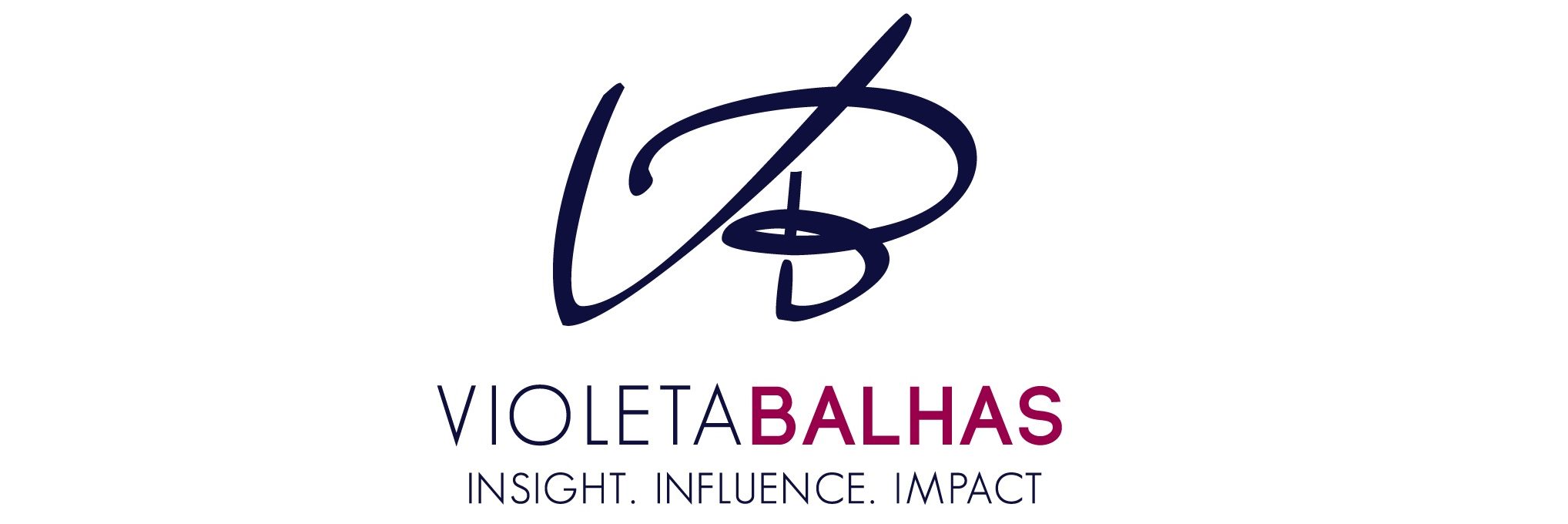Let me tell you about the worst training gig I ever had. On the other hand… no, there’s too much to tell.
Let me tell you about five minutes of the worst training gig I ever had.
I was brought in to deliver a training program to an organisation that was going through massive change, much of it affecting frontline staff. These staff were highly principled people who cared a lot about their clients. They were concerned because while the job still required most of the old process, the context had changed. They were unsure of themselves, and unsure of how to maintain relationships as their clients practiced greater self-determination and independence. Because of this, my program was based on trust and communication.
At this point I take a little detour to say that I have been writing a book on trust in business for about a year. It’s simmering nicely away in the background, and to date, I have read over 20 papers on the subject. Because trust is one of those universal principles, there is significant overlap between the papers, so I’ve been able to condense and combine them into a handful of super-loaded truthisms. The truthisms include the relationship between trust and communication – something I know a fair bit about.
So let’s continue.
The group was resistant and wary, but still polite, so I was able to deliver the full first half of the session, which included my lovely Trust Cycle graphic, before calling a break. It was during the break that something happened that made me realise this training was going to be useless.
One of the managers called me over.
“That Trust Cycle you had in the presentation,” she said. “That’s not how trust works.”
“Well, it’s not the only model of trust, but it contains principles that all the models have in common,” I replied.
She shook her head. “No. That’s not right.”
At this point, I was genuinely taken aback.
“I can assure you that I didn’t pull it out of the air. I’ve been studying trust in business for some years, and…”
Again she shook her head and grabbed pen and paper.
“This is the real cycle of trust,” she said, beginning to draw. “There’s the child – or in this case, the client – and they have a need. They cry out. When you respond to those cries by meeting their needs, they trust you. It forms a ‘secure attachment’. See?” For a second I thought she might have been joking, except that a few people had gathered around, and they were nodding.
I forget what I mumbled in response, basically because my brain was now madly flipping through files to see where I knew her theory from. It wasn’t until after the session that I remembered.
It was from Erikson’s stages of psychosocial development. The first stage, in fact, which is supposed to take place between birth and two years of age. I’d learned about it in my Human Development class in high school.
It was then that I realised what the nodding over her diagram meant. My training would be useless because the staff saw the clients as being on a par with infants, saw themselves as the caregivers, and they didn’t want the clients to be independent and self-determining; they wanted that secure attachment. It would have been nice to hear about this in the briefing.
This was a fundamental issue. One that management should have addressed – or at least sussed out – before chucking training at it.
Now… I’m an inveterate teacher and trainer. You want me to train and teach, and I’m there with bells, whistles, object lessons, stories, metaphors, and bags of Minties. And I’ll support and applaud other teachers and trainers and the fine work they do. But here is what none of us can do: the work YOU should be doing.
I have written before about how to get the most bang out of your L&D buck, but that’s not what this is about. It’s about this: you can’t throw training at a fundamental issue and expect it to go away. Even if your people do, in fact, require training, you will still need to address the underlying issues first. Particularly if you’re planning to bring in outside trainers.
Why? Ironically, because of trust.
Trust means being confident in someone or something when you’re at your most vulnerable. Confidence without vulnerability is hubris and arrogance; vulnerability without confidence is fear and resistance. Teams who are going through change, or are not performing well, are very vulnerable – either from within, or without. Who or what are they supposed to have confidence in at this time? The management who hasn’t addressed the fundamental issues – the things that strike at the core of who the people and organisation are? The outside trainer they’ve never before seen in their lives? Seriously. No wonder there’s fear and resistance.
Don’t be that guy. Don’t be that woman. Step up for the people who look to you for leadership, and book the training only when you know what the need is and why the need is there. Otherwise you might as well join the others who think the people they’re dealing with are infants.

